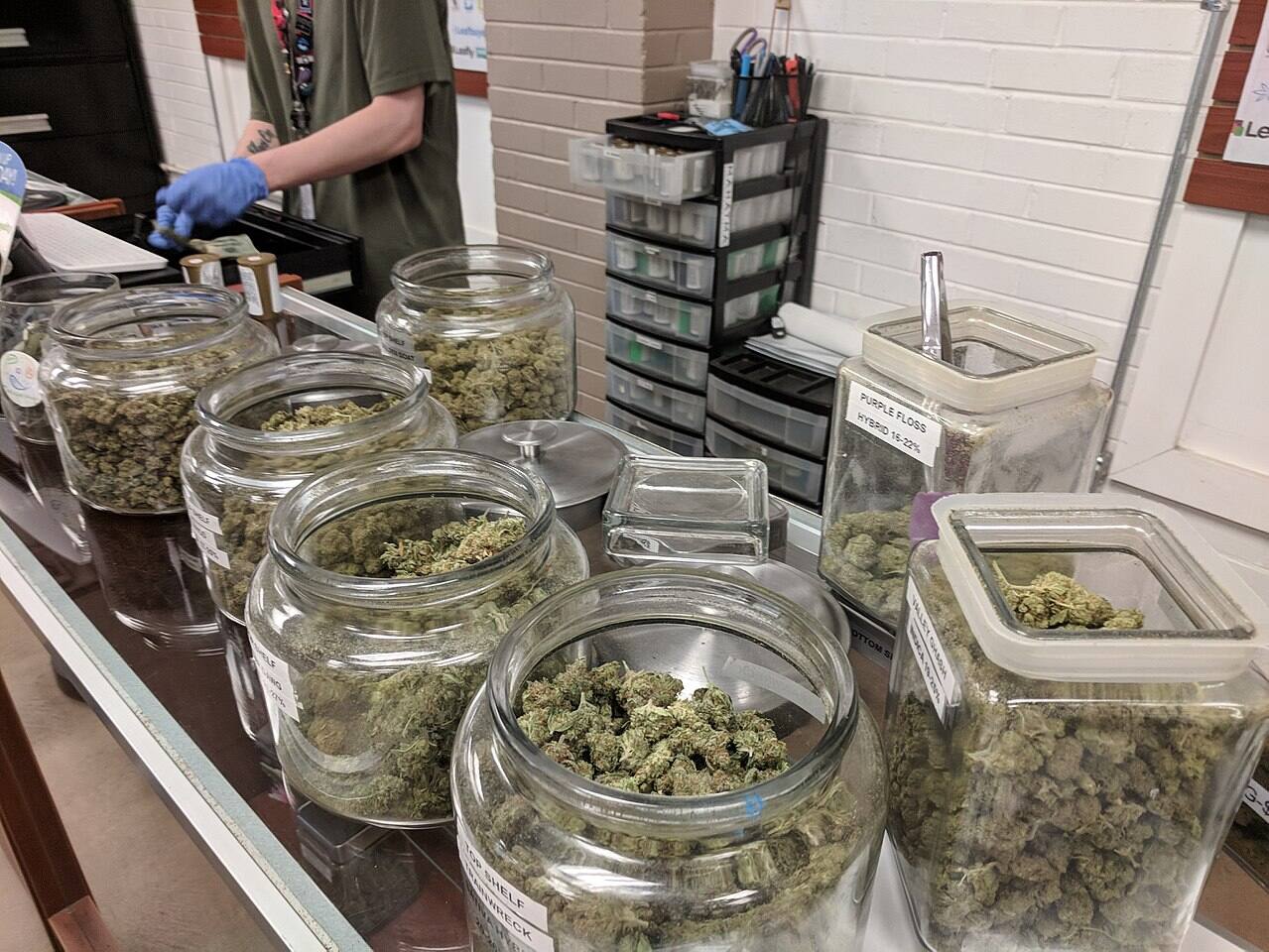A national data analysis spanning four decades has revealed a significant shift in substance use patterns in the United States. According to the Associated Press, for the first time, daily marijuana use has surpassed highly frequent alcohol consumption in 2022. Jonathan Caulkins, a researcher specializing in cannabis policy at Carnegie Mellon University and the author of the study, emphasized that while alcohol remains the preferred substance among consumers, marijuana consumption was higher last year.
The study, published in the journal Addiction, is based on data from the National Survey on Drug Use and Health, a reputed source of estimates on the use of tobacco, alcohol, and drugs in the US. “The data come from survey self-reports, but the enormous changes in rates of self-reported cannabis use, particularly of daily or near-daily use, suggest that changes in actual use have been considerable,” said Caulkins. In 2022, approximately 17.7 million people used marijuana daily or nearly daily, compared to 14.7 million who consumed alcohol with similar frequency. Over the last 30 years, the per capita rate of daily marijuana use has increased fifteenfold.
This trend reflects changes in public policies. Most states now allow the use of marijuana for medical or recreational purposes, although it remains illegal at the federal level. In November, Florida voters will decide on a constitutional amendment that allows recreational use of cannabis, and the federal government is moving forward to reclassify marijuana as a less dangerous drug.
Similar Posts
Despite regulatory relaxations, there is concern about the implications of frequent marijuana use. “These trends mirror changes in policy, with declines during periods of greater restriction and growth during periods of policy liberalization,” explained Caulkins. He also noted that the number of daily users indicates that policy drove changes in use both in culture and attitudes. “But whichever way causal arrows point, cannabis use now appears to be on a fundamentally different scale than it was before legalization.”
The findings invite broader conversations about substance use, public health, and the social impacts of evolving drug policies. With a significant portion of the population at risk, it is essential to weigh the benefits of legalized marijuana against its potential drawbacks. Ongoing policy and regulatory changes are efforts to address these complex issues constructively.

















